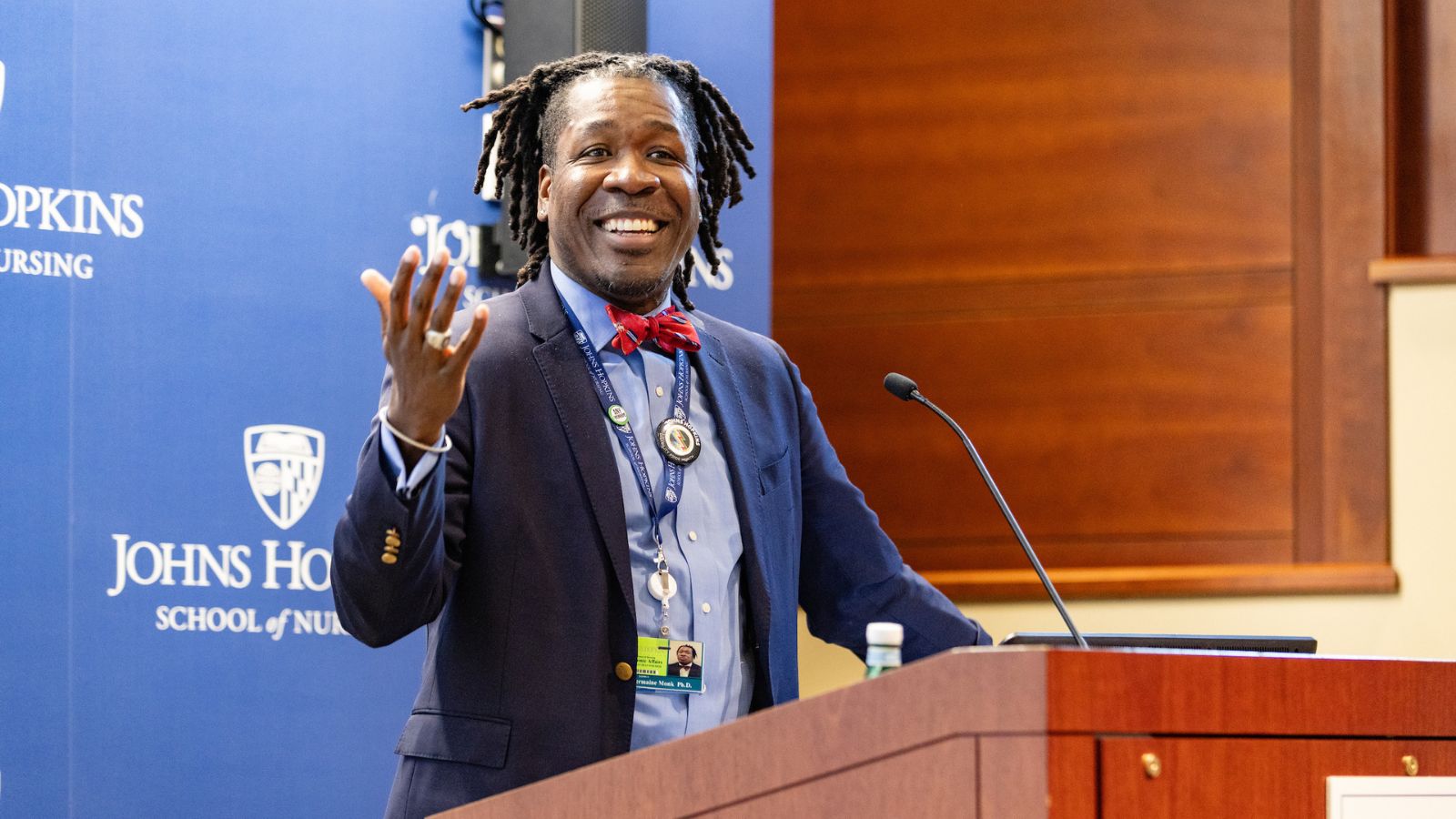ILLUSTRATIONS BY ANDY SNAIR
One of 227 rules a Buddhist monk must follow during ordainment—a set known as Patimokkha, or the basic encryption of monastic disciplines—is to eat and appreciate whatever is set before them by generous worshipers. They are additionally required to keep all movements and gestures slow and calm. In Thailand, this set of regulations is thought to partially explain, among other noncommunicable diseases (NCDs), an enormous uptick in obesity and hypertension among the monks.
The finding is alarming “given the role and influence of monks in society,” report PhD grad Thitipong Tankumpuan, Assistant Professor Nada Lukkahatai, former Dean Patricia Davidson, and a colleague, Thanakrit Jeamjitvibool, in “Noncommunicable Diseases and Social Determinants of Health in Buddhist Monks: An Integrative Review” (Research in Nursing & Health).
Thailand has the second-largest Buddhist population in the world (approximately 93 percent of 64 million people). In 2021, the National Office of Buddhism counted some 250,000 senior Buddhist monks and novice monks in Thailand.
Major risk factors for NCDs in all populations include unhealthy behaviors such as sedentary lifestyles and high lipids, as well as tobacco use. Since the monks cannot control the types and nutritional content of food they are presented in these reverent gestures, some studies assumed that these can lead to imbalanced meals and physical activities resulting high NCD prevalence. Among 22 studies of NCDs in Thai monks, the reported rate of NCDs was highly varied. Depending of geographic location, some studies reported the rate of hypertension as high as 76 percent while others found it as low as 7 percent.
Although more studies are needed to fully understand the problem, the key message is that religious beliefs play a major role in monks and Thai people’s daily living and health behaviors. The researchers say that there is also an enlightened path forward: “As a consequence, they [monks] are a powerful vehicle for leveraging health promotion messages to their followers in the communities.”

 Forging Policy: How Can Doulas Improve Black Maternal Health?
Forging Policy: How Can Doulas Improve Black Maternal Health? Forging Policy: Associate Dean Jermaine Monk and Education After Affirmative Action
Forging Policy: Associate Dean Jermaine Monk and Education After Affirmative Action My First Teachers in Nursing School Weren’t Nurses
My First Teachers in Nursing School Weren’t Nurses Most People Want to Breastfeed, But Need More Support To Do So
Most People Want to Breastfeed, But Need More Support To Do So Awards for Diversity
Awards for Diversity






